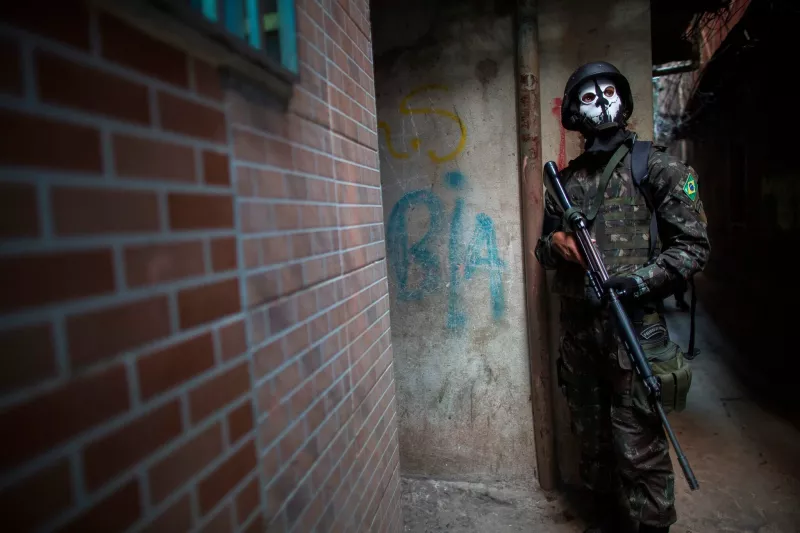
In 2015, Adriana Perez da Silva’s 16-year-old son and four of his friends were driving home after a day in the park when the police fired at their car, killing them. Ms. Silva believes they were targeted because they were Black. As a researcher of police abuses in Latin America at Human Rights Watch, I have interviewed many survivors and relatives of victims. But her interview has stayed with me.
Black Brazilians are almost three times as likely to be killed by the police as white Brazilians are. Last year, according to the Brazilian Forum for Public Security, the police killed 6,416 people countrywide. In the state of Rio de Janeiro, one of Brazil’s most violent, 1,245 died at the hands of the police alone.
Police violence in Brazil is so stark that it was highlighted in a recent United Nations report that urged countries to take steps toward eradicating systemic racism against people of African descent. The report called on countries to hold officers accountable for abuses.
In Brazil, that means prosecutors should investigate police killings instead of the police themselves, as is the common practice. Rio de Janeiro’s state government, in particular, should create a comprehensive plan with measures that make police officers responsible for their misdeeds and benchmarks for reducing excessive force. Brazil’s Supreme Court is considering whether to order the state’s government to pass reforms. Without decisive action to end impunity for police abuses, police brutality will continue to disproportionately affect Black Brazilians.
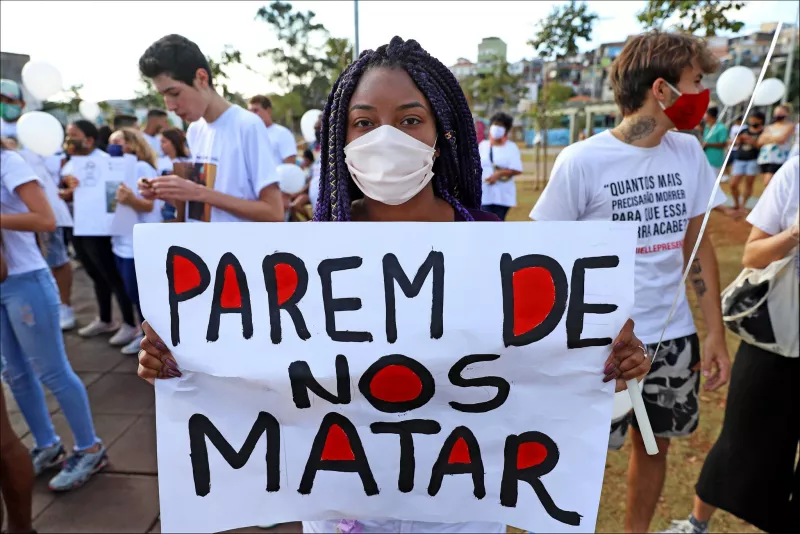
The shooting of these five youths in Rio is emblematic of a country plagued by police violence, systemic racism and impunity. What’s unusual about the case is that the attention it received in part led to the prosecution and imprisonment of the accused officers for their crimes, which is far from the norm.
But things have only gotten worse since then. I have documented cases in Rio de Janeiro for about seven years. When it comes to the use of lethal force by the police, there are, in effect, two sets of rules: one in middle- and upper-class neighborhoods to shoot only in self-defense and one in poor communities to shoot first and ask questions later. Many officers do so without fear of repercussions.
We saw that when the police swarmed Jacarezinho, a favela in Rio de Janeiro, on May 6, in a raid that left 28 people dead. Armored vehicles and a helicopter accompanied the roughly 200 officers, searching the sprawling neighborhood for suspected drug dealers. Earlier that day, an officer was shot dead. The ensuing violence was an apparent act of retribution. Most victims were Black, according to police records.
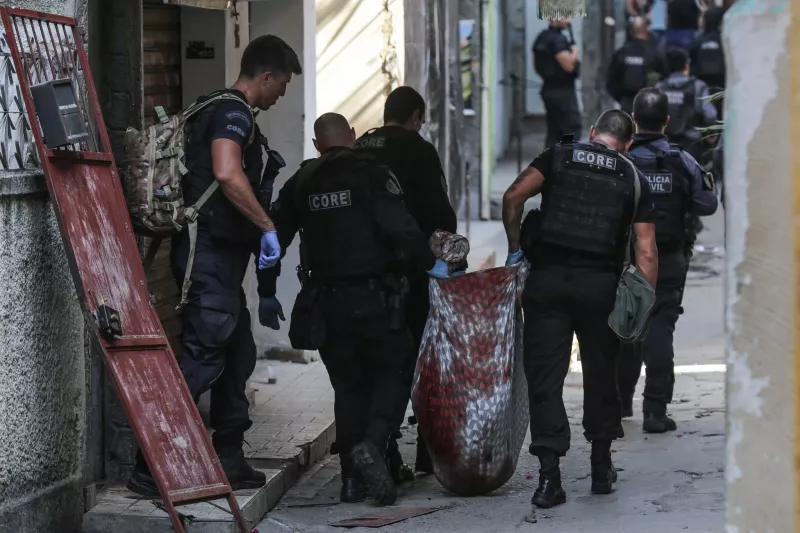
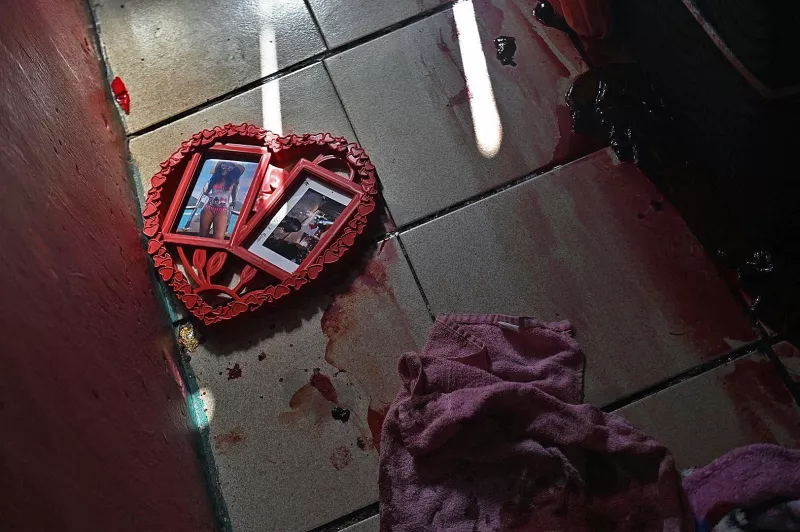
The officers were never supposed to be in Jacarezinho that day. A Supreme Court ruling last year prohibited raids in Rio de Janeiro’s low-income neighborhoods during the Covid-19 pandemic, except in “absolutely exceptional” cases. The operation’s stated objective of arresting 21 low-level gang members under suspicion of dealing drugs was hardly exceptional. Police forces have a long record of justifying brutal raids as efforts to combat drug trafficking and fight crime. The May 6 police raid was the bloodiest in Rio’s history.
It doesn’t have to be this way. Crime in Rio’s favelas grew over decades of government neglect. Officials failed to provide basic social services and ensure a daily police presence. To enter the favelas, officers resorted to raids that often turned violent. Residents not only resented the police for the brutality but also the state for abandoning them.
In 2008 the state attempted to drive out the gangs by creating Pacifying Police Units, or U.P.P.s. The program placed officers in poor neighborhoods that had fallen under gang control, with the goal of restoring public security and ending a culture of violence and distrust between residents and the police. The state also invested in infrastructure like health clinics and garbage collection.
A couple of years into the program, police killings had dropped by 86 percent in communities with U.P.P.s. The police presence increased school attendance, and quality of life improved. But the initiative’s shortcomings undermined its successes. Residents were frustrated when the government seemed to have abandoned its efforts to improve their lives. Police officers complained of difficult working conditions. As trust eroded, crime spiked, and the old system of policing by force started to return.
By 2013, tensions culminated in protests over the disappearance of Amarildo de Souza, a Black construction worker in Rio’s Rocinha favela. The news coincided with nationwide protests calling for government reforms to address many grievances, including corruption and police brutality. Amid the protests and media attention, the civil police and prosecutors investigated Mr. Souza’s disappearance. Similar to the case of the five youths, they might not have done so otherwise.
Investigators found Mr. Souza had been tortured by police officers after they took him in for questioning about gang activities in the neighborhood. His body was never found. Three years later, Edson dos Santos, a police major, and 11 other officers were convicted of torturing Mr. Souza to death. Mr. Santos was declared guilty of orchestrating the crime but was never fired and continued to receive his salary in prison. He was released on parole in 2019 and was reinstated as a police officer this year.
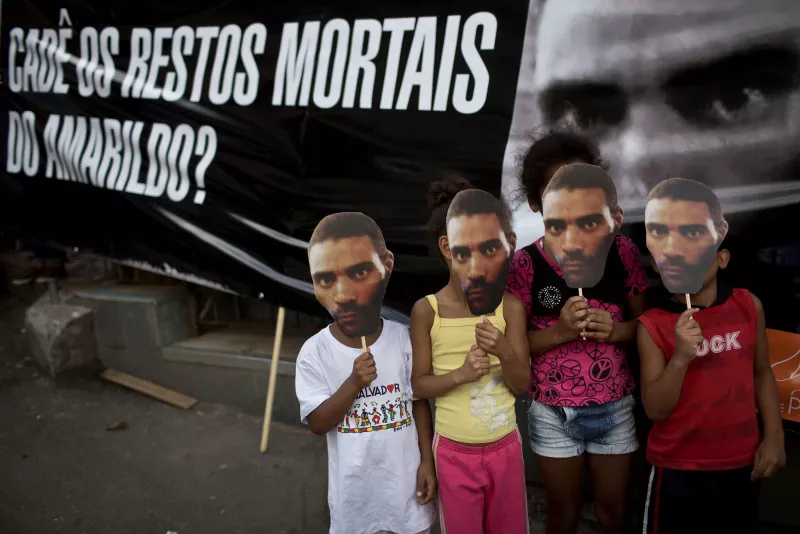
No wonder residents hesitate to trust officers, knowing that most police killings in Rio typically go unpunished. According to an official inquiry in 2016, 98 percent of investigations in previous years were closed without bringing charges.
Impunity, corruption and unlawful killings made it impossible for the U.P.P.s to develop trust with residents. Still, the plan’s vision — policing that serves its communities — is what the whole country should strive for, starting with independent investigations by prosecutors into police killings. Prosecutors should ensure that those investigations are conducted according to international standards and supported by independent forensic experts. Rio’s state police command should also provide better training on the use of force and psychological services for its officers.
Sustained reform can’t happen if police officers continue to treat Black Brazilians like suspects and the neighborhoods like hostile territory. The cycle of violence will not end if leaders continue to employ torturers as commanders and police killings go unpunished.
César Muñoz Acebes is a senior researcher at Human Rights Watch.
